
The Christchurch Botanic Gardens, located in the central city of Christchurch, New Zealand, were founded in 1863 when an English oak was planted to commemorate the solemnisation of the marriage of Prince Albert and Princess Alexandra of Denmark. The gardens sprawl over an area of 21 hectares and lie adjacent to the loop of the Avon River next to Hagley Park. The Christchurch Botanic Gardens have a variety of collections of exotic and local plants of New Zealand, several conservatories, a nursery, playground and Climatological Station.

TheArts Centre Te Matatiki Toi Ora is a hub for arts, culture, education, creativity and entrepreneurship in Christchurch, New Zealand. It is located in the Gothic Revival former Canterbury College, Christchurch Boys' High School and Christchurch Girls' High School buildings, many of which were designed by Benjamin Mountfort. The centre is a national landmark and taonga as it is home to New Zealand's largest collection of category one heritage buildings with 21 of the 23 buildings covered by Heritage New Zealand listings.
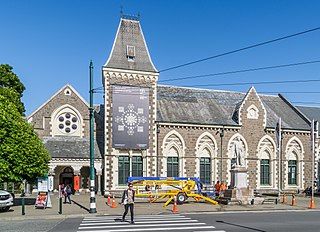
The Canterbury Museum is a museum located in the central city of Christchurch, New Zealand, in the city's Cultural Precinct. The museum was established in 1867 with Julius von Haast – whose collection formed its core – as its first director. The building is registered as a "Historic Place – Category I" by Heritage New Zealand.

Andrew Drummond is a New Zealand painter and sculptor. He attended University of Waterloo in Canada, graduating in 1976. He was a Frances Hodgkins Fellow in 1980.
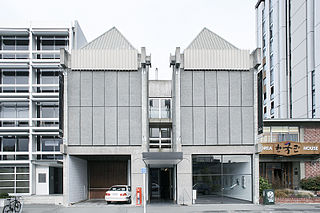
Centre of Contemporary Art is a curated art gallery in the centre of Christchurch, New Zealand. The gallery is governed by the Canterbury Society of Arts Charitable Trust.

The Christchurch Art Gallery Te Puna o Waiwhetū, commonly known as the Christchurch Art Gallery, is the public art gallery of the city of Christchurch, New Zealand. It has its own substantial art collection and also presents a programme of New Zealand and international exhibitions. It is funded by Christchurch City Council. The gallery opened on 10 May 2003, replacing the city's previous public art gallery, the Robert McDougall Art Gallery, which had opened in 1932.

William Alexander Sutton was a New Zealand portrait and landscape artist.

The Canterbury Society of Arts Gallery, was an art gallery in the central city of Christchurch, New Zealand. It consisted of two buildings built in the late 1800s. The buildings were demolished in 2012 due to damage from the Canterbury earthquakes.

Mona Vale, with its homestead formerly known as Karewa, is a public park of 4 ha in the Christchurch suburb of Fendalton. The homestead and gate house are both listed as heritage buildings with Heritage New Zealand (NZHPT). The fernery and the rose garden, and pavilion with the setting of the park along the Avon River, add to the attractiveness of the property. It is one of the major tourist attractions of Christchurch.
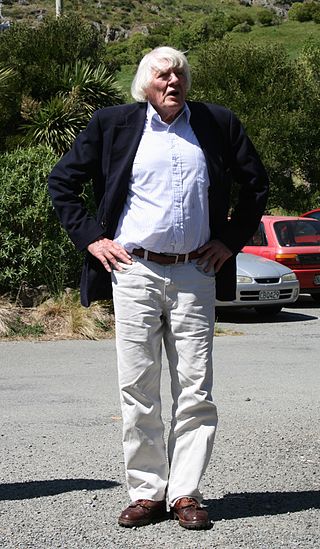
Peter Jamieson Beaven was a New Zealand architect based in Christchurch, who lived for his last few months in Blenheim. He was a co-founder of New Zealand's first heritage lobby group, the Civic Trust.

The Church, Christchurch, the former Octagon and the former Trinity Church or Trinity Congregational Church designed by Benjamin Mountfort, later called the State Trinity Centre, is a Category I heritage building listed with Heritage New Zealand. Damaged in the 2010 Canterbury earthquake and red-stickered after the February 2011 Christchurch earthquake, the building was threatened with demolition like most other central city heritage buildings. In June 2012, it was announced that the building will be saved, repaired and earthquake strengthened.

McLean's Mansion is a homestead in Christchurch, New Zealand. The two hectares property is situated between Manchester and Colombo Streets. The mansion was initially known as 'Holly Lea', but later became known as McLean's Mansion after its initial owner. It is the largest wooden residence in New Zealand. The mansion, designed by Robert England, architect of Christchurch, is a fusion of styles of Jacobean architecture and Victorian features, akin to the Mentmore Towers (1852–54) of Sir Joseph Paxton in Buckinghamshire in England. It was built between April 1899 and September 1900. The house is registered as a Category I heritage building by Heritage New Zealand. After the 2011 Christchurch earthquake, the owners applied to demolish the earthquake-damaged buildings, but their request was denied by the heritage body and the courts. In December 2016, the building sold to a trust that will restore it for use as a gallery. Restoration is expected to be finished by 2024.
Robert William England was a New Zealand architect from Christchurch.
Ria Bancroft was a British-New Zealand artist born in England. She created the Tabernacle Screen Doors for Cathedral of the Blessed Sacrament in Christchurch and her works are held in several New Zealand art galleries.
Nola Barron is a New Zealand potter.
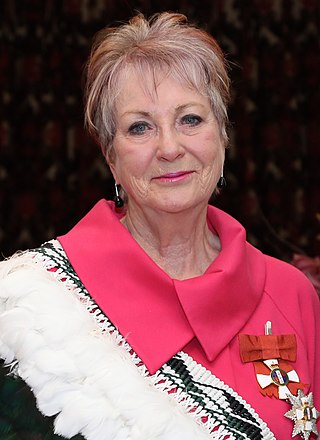
Dame Anna Louisa de Launey Crighton is a New Zealand heritage campaigner and historian, and former local-body politician in Christchurch.
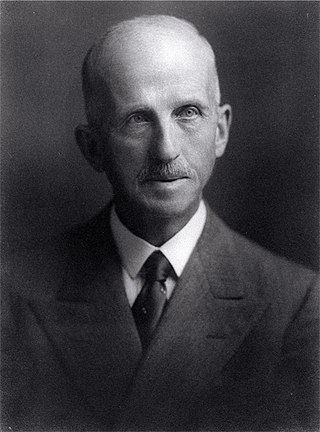
Robert Ewing McDougall, sometimes referred to as Robert Euing McDougall, was a businessman, and philanthropist from Christchurch, New Zealand. He was the benefactor of the Robert McDougall Art Gallery.

Roland Hipkins (1894–1951) was an English artist who worked extensively in New Zealand between 1922 and 1951. He is especially noted for his work done in the wake of the 1931 Hawke's Bay earthquake. Works by Hipkins are held by the Hawkes Bay Cultural Trust, the Royal College of Art in London, and the Sarjeant Art Gallery in Wanganui.

Tom Taylor (1925–1994) was a New Zealand sculptor, architect, and Head of Sculpture at the University of Canterbury.


















